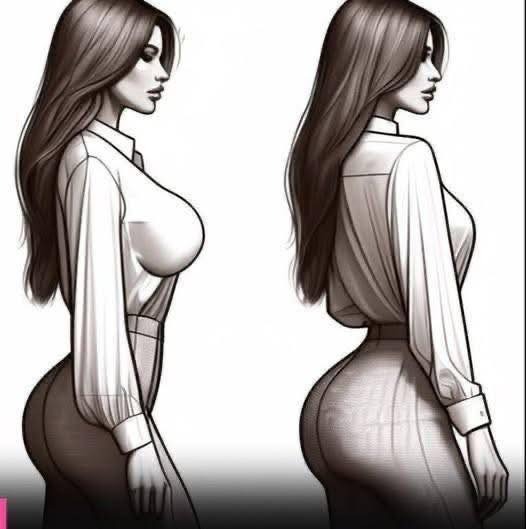Stand in front of a mirror and most of us see a shape first, a story second. Breasts arrive in every possible volume—petite, generous, asymmetrical, post-baby, post-surgery, post-time—and each version invites its own whisper of judgment. Culture likes to label: “more feminine,” “less healthy,” “better fed,” “low estrogen.” The truth is far simpler and far more complicated at once: breast size is mostly a genetic handshake, seasoned by hormones, age, weight, and lifestyle. It is not a lab report.
Start with the hormone most people blame first—estrogen. Yes, it guides duct growth during puberty and swells tissue each menstrual cycle, but it doesn’t solo the symphony. Progesterone, prolactin, insulin-like growth factor, even thyroid hormone chip in. The final cup size, however, depends heavily on the DNA blueprint you inherited from people you may never meet. If small breasts automatically meant “low estrogen,” entire family lines would share identical measurements, and they don’t.
Likewise, large breasts are not a red flag for “too much hormone.” Studies that link bigger bra tags to higher type-2-diabetes risk usually find the connection disappears once body-mass index is accounted for. Fat stores estrogen, so a heavier body often sports both a larger chest and a slightly different metabolic profile. The chest itself isn’t the culprit; it’s one drawer in a bigger dresser.
What actually signals hormonal trouble? Irregular—or absent—periods, severe acne flares, hot flashes at twenty-five, hair loss in male-pattern patches, stubborn weight shifts, or mood swings that feel like emotional whiplash. Those symptoms deserve labs and a clinician, not a measuring tape.
If you want to support hormone balance, skip the folklore about fennel lotion or wild-yam cream. Instead, hand your body the boring basics it loves: consistent sleep, colorful meals built around plants and protein, movement that makes you breathe harder at least a few times a week, and stress buffers that fit your life—meditation, dancing, therapy, or simply saying no more often. Herbs like sage tea or maca root can help some women, but treat them like any other supplement: discuss doses and interactions with a provider first.
Above all, remember this: femininity is not a cup size, and wellness is not a silhouette. Your breasts can be celebrated, dressed, photographed, or ignored—but they are not a scorecard. The real measure of health is how you feel when you wake up, how quickly your heart recovers after climbing stairs, how peacefully you fall asleep, and how kindly you speak to yourself in the quiet moments between mirror glances. Respect the body you have; it’s already doing a million invisible things right.


